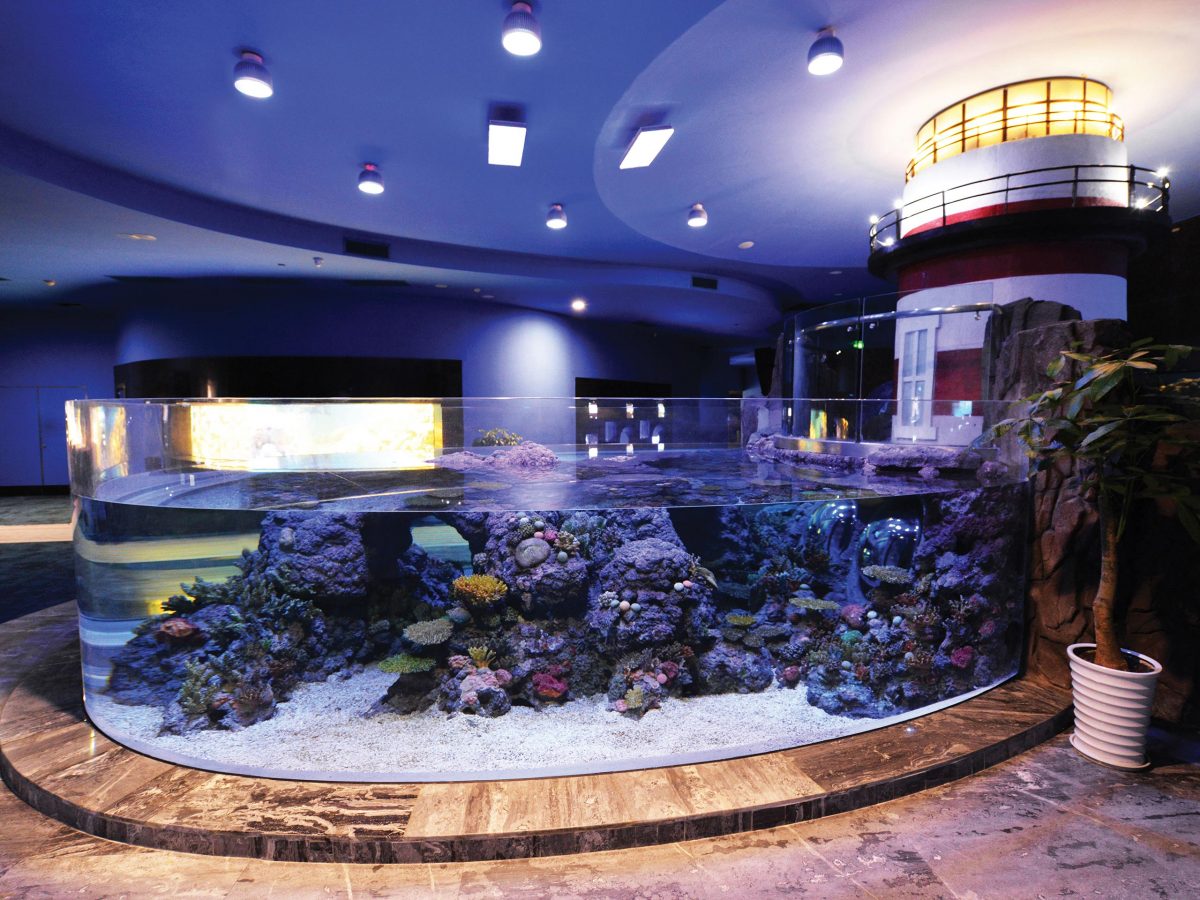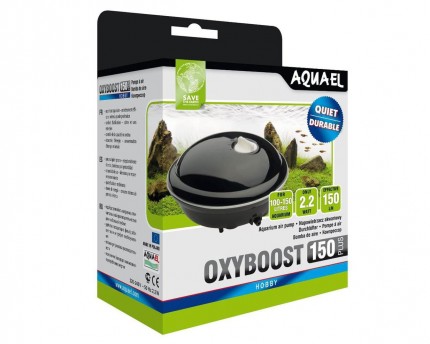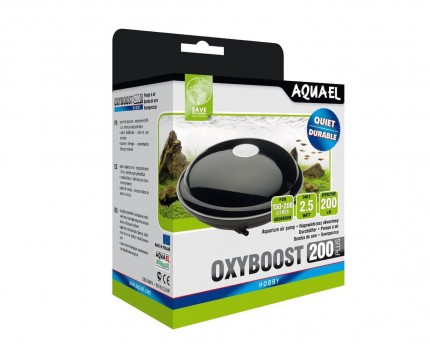Aquariums - shapes and material
Contents
- A short excursion into the early days of aquaristics
- Shape of aquariums
- Cover yes or no?
- Seamless aquariums - what is it all about?
- Float glass aquariums
- White glass aquariums
- Plexiglas aquariums
A short excursion into the early days of aquaristics
The beginnings of keeping fish indoors can be found in China, where fish were first kept in large porcelain bowls for hundreds of years. Transparent panes, however, help enormously in observing the inhabitants, and when aquaristics spilled over into Europe, the keeping of fish in a glass vessel was already being propagated. Towards the end of the 17th century, the Englishman Samuel Pepys was the first to describe how fish could be kept in a glass of water, and in 1851 the very first aquariums were put on public display during the World's Fair in London. At that time, there was no silicone - the panes were stuck in a frame made of cast iron. Modern aquariums, on the other hand, are as we know them - with a bonding of silicone on the edges, or partly made of curved glass, like the popular NanoCubes. Frames have become optional and serve less for stability, but in many cases "only" for appearance.
![]()
Shape of the aquariums
The shape of aquariums has hardly changed. Aquarium builders still predominantly rely on angular shapes with straight panes - they simply distort the view of the aquarium inhabitants the least. Curved front panes are actually only used in the so-called panorama aquariums - rather long tanks, where the optical distortion caused by the curved pane is not as significant. There are cylindrical and spherical aquariums, but they have not really caught on. The notorious round goldfish bowl is now even banned for fish keeping because its awkward shape causes a lot of stress for the fish.
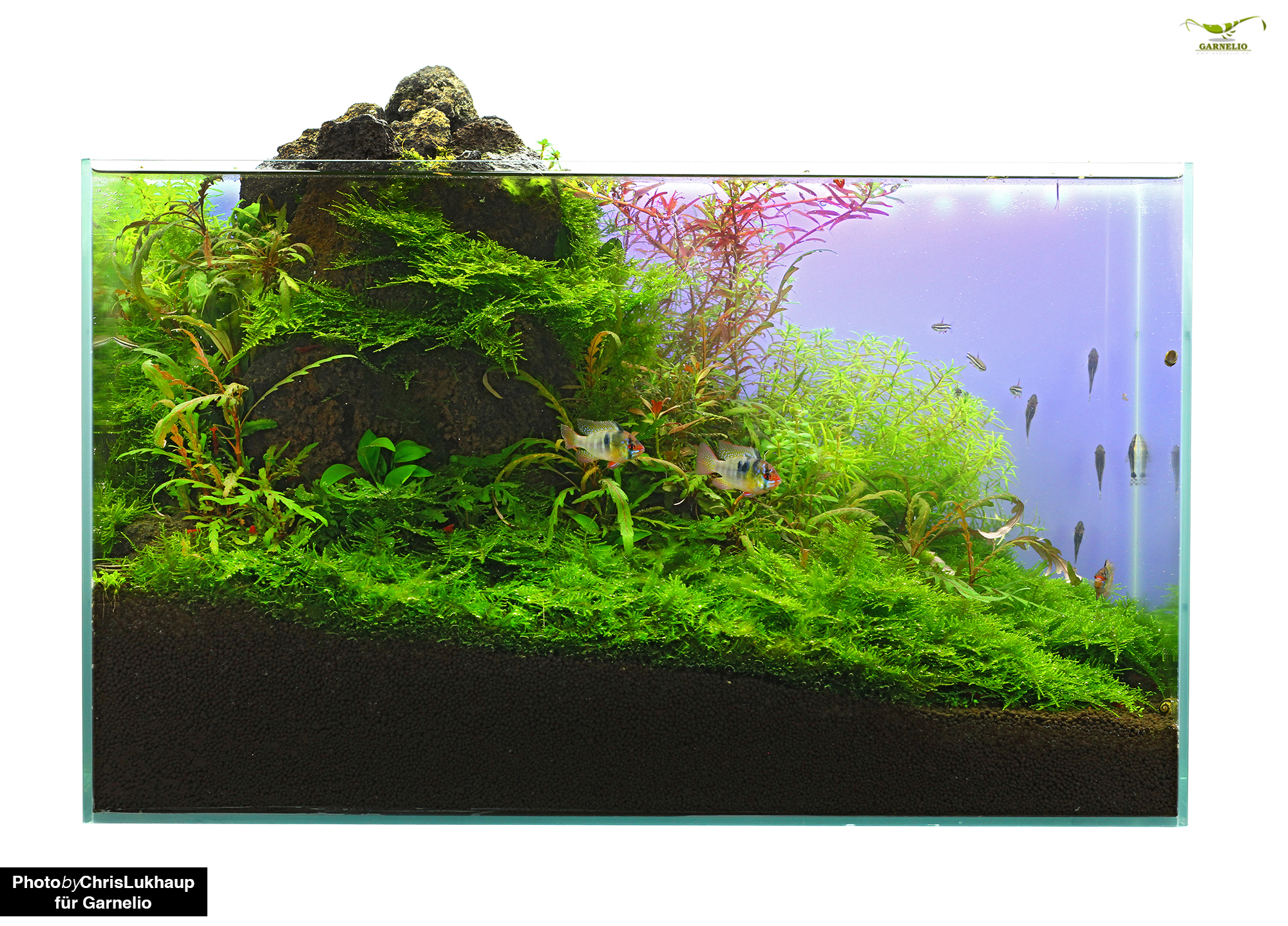
Cover yes or no?
Aquariums are available with and without a cover. An open tank has the advantage that you can design above the water surface - you can have a root sticking out of the water or even let the stem plants grow above water. Many species come to bloom in this way - a particularly beautiful and rather unusual sight in aquaristics! The disadvantage of open aquariums is on the one hand the increased evaporation. Here you have to ventilate the rooms well and refill distilled or demineralized water more often. Please never fill up with tap water - the minerals in the water do not evaporate with it, and if you then top up with mineral-rich tap water for the evaporated water, the water hardness in the tank increases continuously.
Tanks with covers do not have such a high evaporation rate, and the temperature of the aquarium water tends to stay the same - for some inhabitants in the aquarium this is good, others feel more comfortable with a night setback. Fighting fish can actually catch a cold if the atmospheric air they breathe is too cool. So a cover is very helpful for them. All fish that jump (like the fighting fish just mentioned) need dense cover, crabs and shrimp do too. Pinchers squeeze through surprisingly small gaps. From open tanks, they simply march out. Shrimp, on the other hand, will only leave the aquarium in an emergency, when water levels deteriorate drastically.
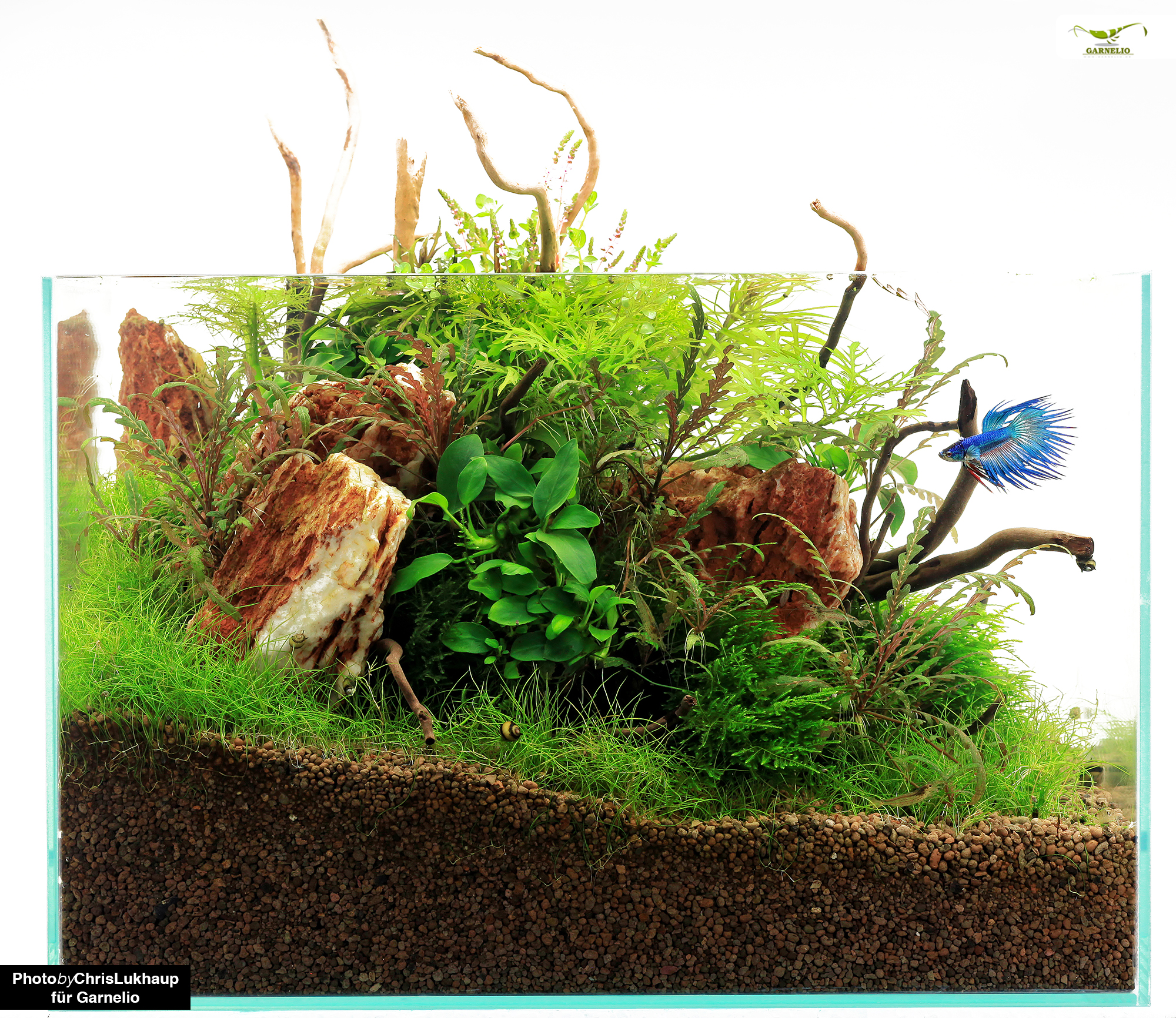
Seamless aquariums - what is it all about?
The aquarium glass can bend outward significantly when subjected to water pressure. This can cause it to come under tension and crack. This happens especially when the glass is quite thin. The thinner the glass, the less the aquarium weighs. This is especially interesting for large tanks. To maintain the shape of the aquarium and prevent the glass from cracking, bars are installed - either along the two long sides or across the long sides. These bars should definitely not be removed, especially in large tanks, they have their purpose - namely, to give the aquarium additional stability. Frameless aquariums usually have a much thicker glass and therefore a higher weight.
Float glass aquariums
Aquarium builders usually go for float glass or green glass for price and availability reasons - and not only them. Float glass is the most commonly used glass of all. The likelihood that your windows are also made of float glass is extremely high! This glass is made of silica sand, soda, dolomite and lime, which are melted at temperatures of around 1100 degrees. The melted raw materials are mixed and poured on liquid tin. The glass has a lower specific gravity than the tin and therefore floats on the surface. It distributes itself very evenly here.
Standard float glass has a slightly greenish tint, caused by the iron oxide present here in very low concentration. The landscape in the aquarium always appears somewhat greener through float glass than it actually is. The color cast of float glass can be seen very clearly at the edges of the glass. Float glass has a relatively hard, scratch-resistant surface. Another advantage of float glass is its much lower price, which is due to mass production.
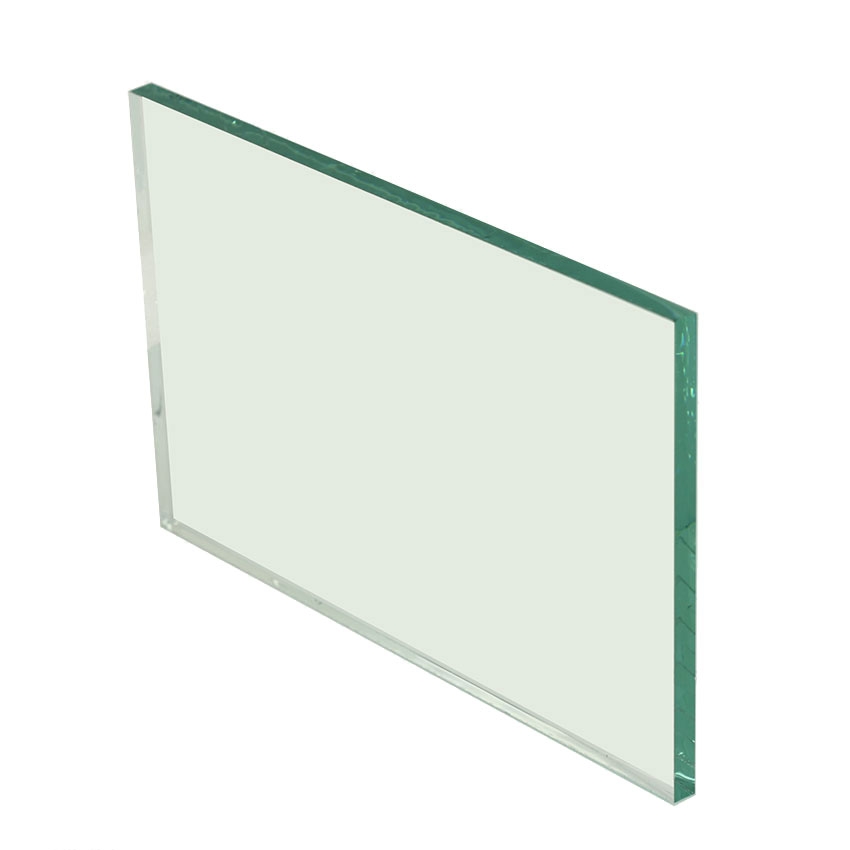
White glass aquariums
White glass is called low-iron glass because it contains much less iron oxide than greenish float glass. Especially for aquascapes, marine aquariums and aquarium photography, aquarists like to use white glass aquariums because the plants, decorations and animals are much more colorful and brilliant. However, white glass has a less hard surface and scratches much faster than float glass. It is also somewhat more expensive. For many, however, the more beautiful appearance outweighs these disadvantages. A look at the edge shows it - white glass has no green cast and therefore reproduces the aquarium inhabitants and plants very true to color.

Plexiglas aquariums
Plexiglas or acrylic glass is a plastic that is also transparent, but has nowhere near the hardness of glass. Plexiglas is the name of a brand, but it is now used in common parlance for any acrylic glass. Plexiglas aquariums are especially interesting for very large tanks, because high glass thicknesses naturally also have a very high weight, whereas Plexiglas is much lighter and can be used to create aquariums of several thousand liters relatively well and easily. The aquarium walls in giant aquariums such as the SeaLife are usually made of Plexiglas or acrylic glass. Plexiglas is not subject to stresses and does not crack as quickly as glass, and it is also much more resistant to impact.
However, Plexiglas has one very big disadvantage - the surface scratches incredibly easily and quickly, and in principle, the single use of an algae scraper is enough for the view into the Plexiglas aquarium to be significantly clouded. Even rasping catfish can leave traces here - micro-fine scratches that won't come out and that can severely disturb the view.
Small acrylic aquariums in particular are often cast in one piece and therefore have no disturbing seams.
